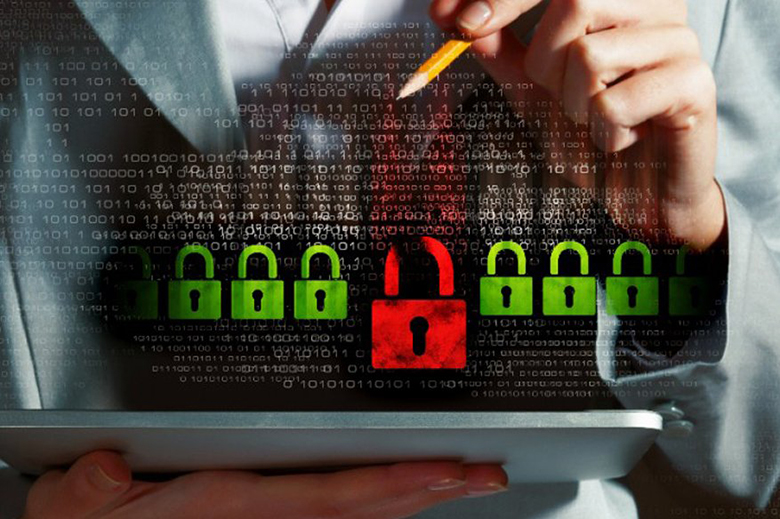The Islamic regime in Iran is making an unexpected move: lifting restrictions on internet access and some social media platforms like Instagram, offering people more open connectivity. This change, however, is not rooted in freedom of expression or the promotion of free media. The real motives remain ambiguous, raising questions about what the regime’s real plan might be behind this shift. Why would a totalitarian system suddenly ease its grip on digital communication?
For years, Iranians have experienced the suffocating effects of filtering, with restrictions tightening significantly since September 2022. Platforms and social networks that were once partially accessible became targets of sweeping limitations. The government’s rationale behind the move is multi-faceted. On the surface, Iranian state media has estimated that these restrictions have caused an annual economic loss of around $700 million. Moreover, a hidden economy has flourished around these restrictions, with profits generated from the illegal sale of VPNs and smuggling of services like Starlink. By easing restrictions, the government aims to curtail these underground economic activities and reclaim control over this profit stream.
Starlink has posed a unique challenge for the Islamic regime. Satellite internet, capable of bypassing conventional filters and soon accessible via mobile, undermines the regime’s ability to control information. Faced with both financial and political risks, the government is compelled to adapt. It may be loosening restrictions to mitigate the threat posed by satellite internet, all while developing new tools and strategies to maintain its hold over the flow of information and uphold censorship.
Promises to lift these restrictions have become talking points among Iranian officials. During election campaigns, figures like President Masoud Pezeshkian expressed intent to reform internet policies, sparking hope among citizens and businesses. The newly appointed Minister of Communications echoed these commitments, acknowledging the detrimental reliance on VPNs and hinting at a necessary reevaluation of digital governance.
Despite these promises, doubts linger. Skepticism among business owners and citizens is palpable. Many suspect that the loosening of restrictions may be temporary or that new legislative measures—such as proposals akin to the “Protection Plan” for cyberspace—could introduce alternate forms of regulation and control. This skepticism is not unfounded; parliamentary voices continue to advocate for frameworks that might facilitate future censorship under different guises. A blend of cautious optimism and anxiety permeates discussions surrounding the future of digital freedoms in Iran.
Internet censorship has not only stifled free expression but has deeply impacted the economy. Online businesses, especially smaller ventures, have borne significant losses. Experts have stressed how dependent some businesses are on social media for customer engagement. The absence of open channels has led to reduced revenues, forced migrations of tech professionals, and undermined local start-ups. Solutions for these disruptions require robust infrastructure changes and clear legal protections to prevent recurring obstacles. Without a fundamental shift in approach, lifting restrictions could merely be a temporary patch.
Beyond business, internet limitations have imposed hidden costs on households. VPN expenses have become an unwelcome addition to monthly budgets, impacting 83% of Iranian internet users. As experts have pointed out, this expenditure translates to significant economic strain. The persistent reliance on VPNs, coupled with technological adaptations from global companies like Starlink, underscores the regime’s vulnerability in its attempt to manage an ever-evolving digital landscape.
Statistics reflect the severity of the issue, positioning Iran just behind China as one of the most heavily censored countries. The ranking highlights how internet access has become a political and social freedom index, with Iran trailing at the lower end globally.
While current policies hint at a possible shift, concerns persist. The Islamic regime’s pattern of tight control suggests that, even with apparent concessions, the underlying motives are far from transparent. If filtering returns with a different appearance, this cycle of suppression, masked as reform, will continue to shadow Iran’s digital landscape.










